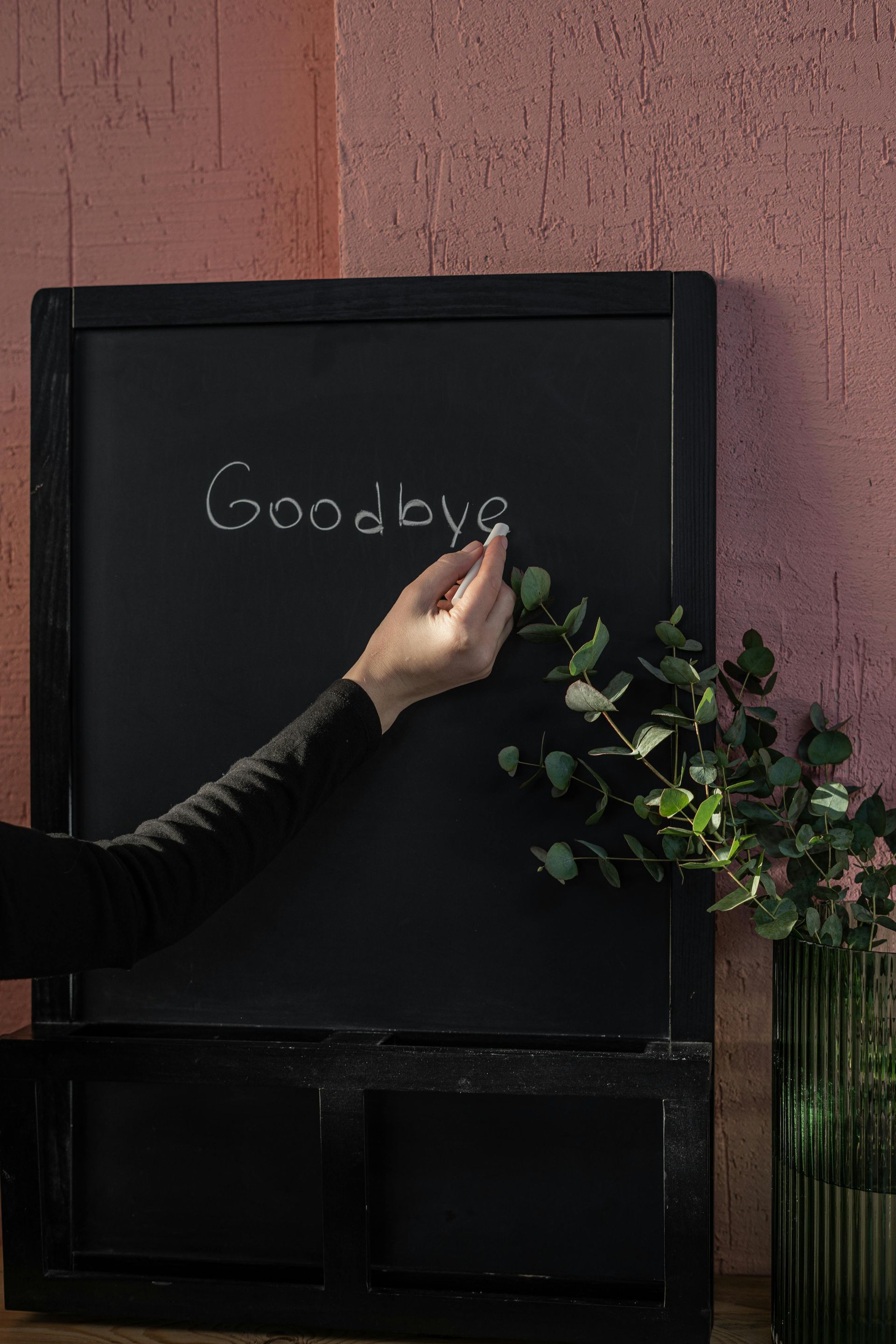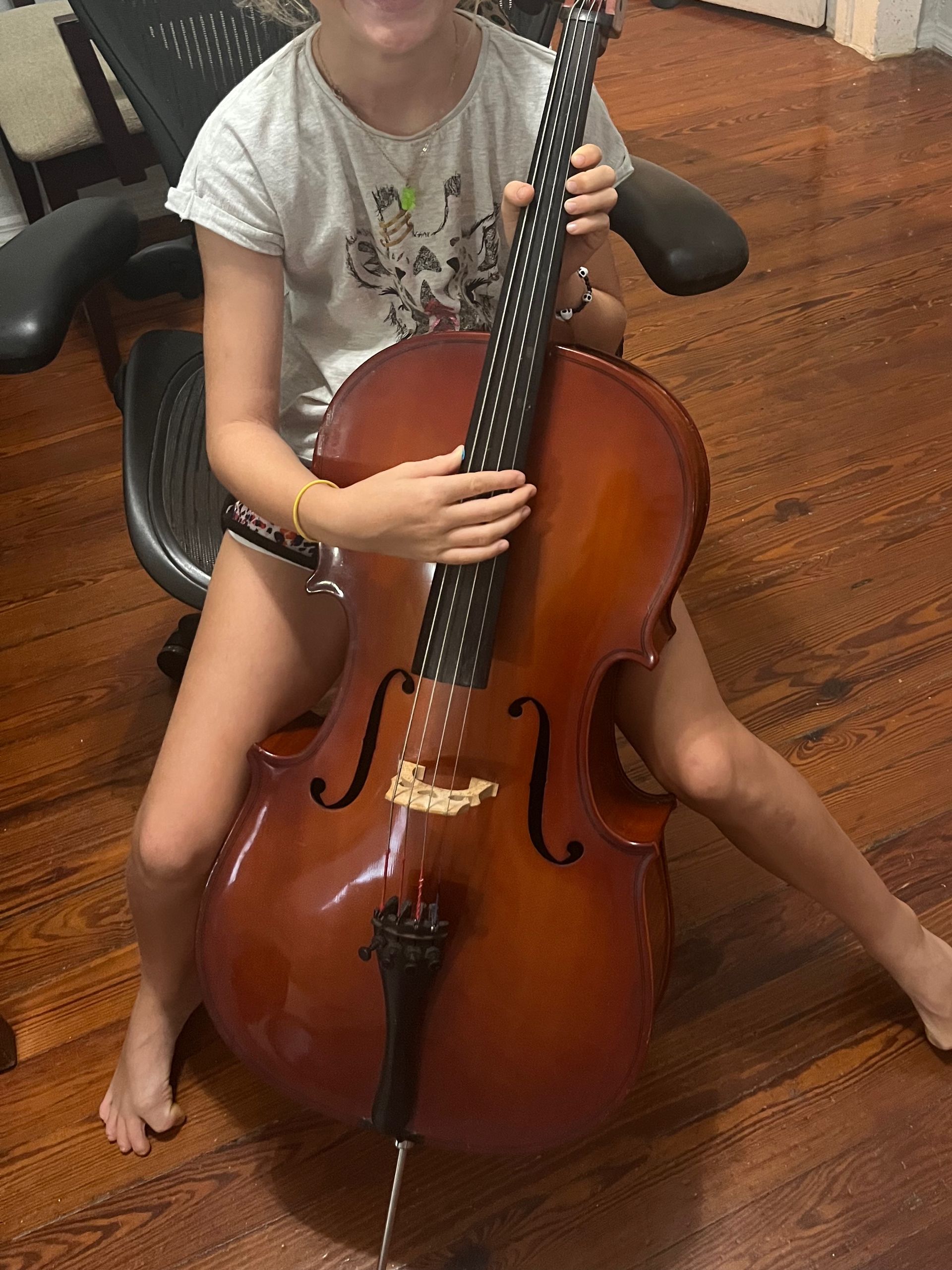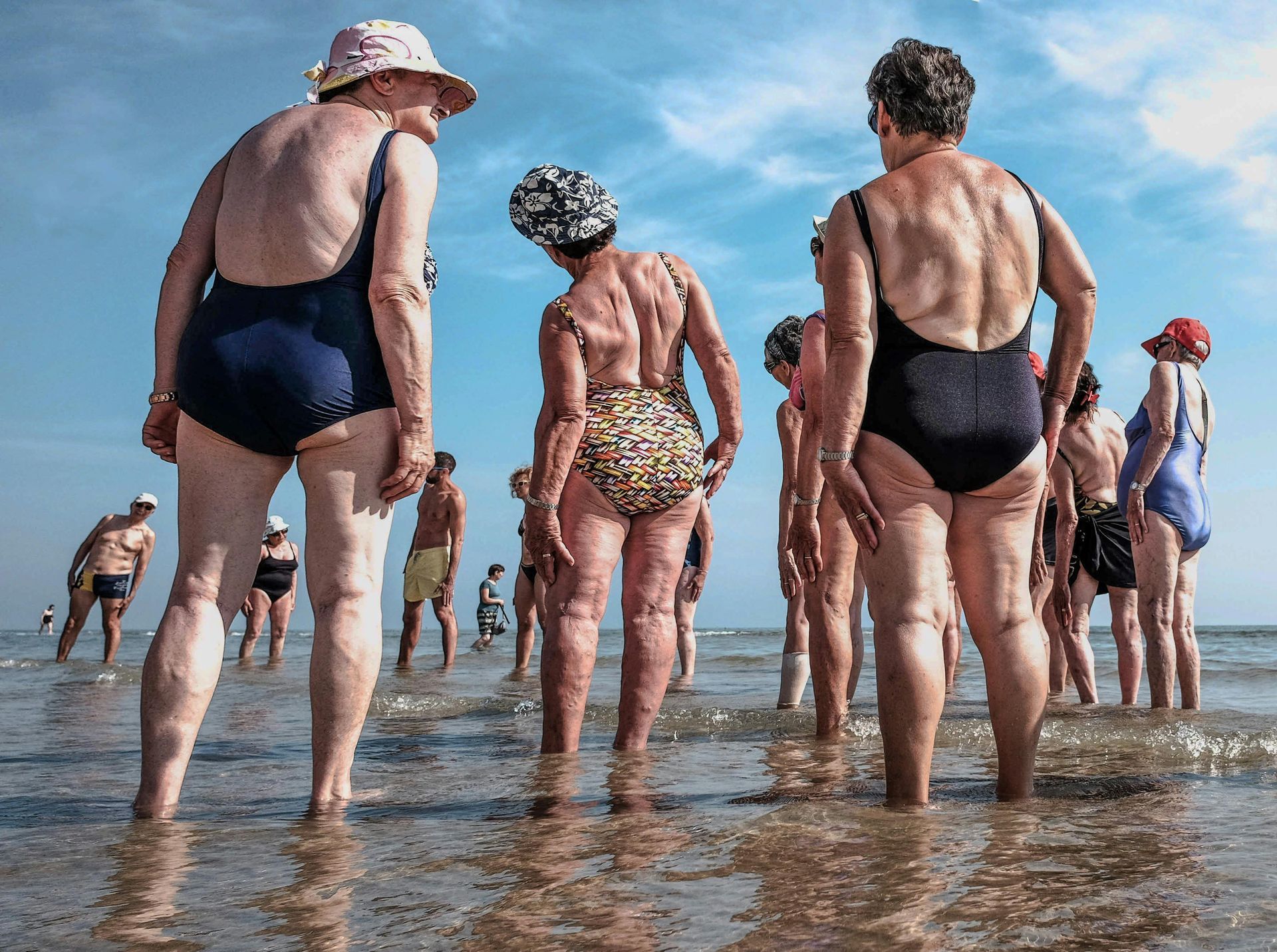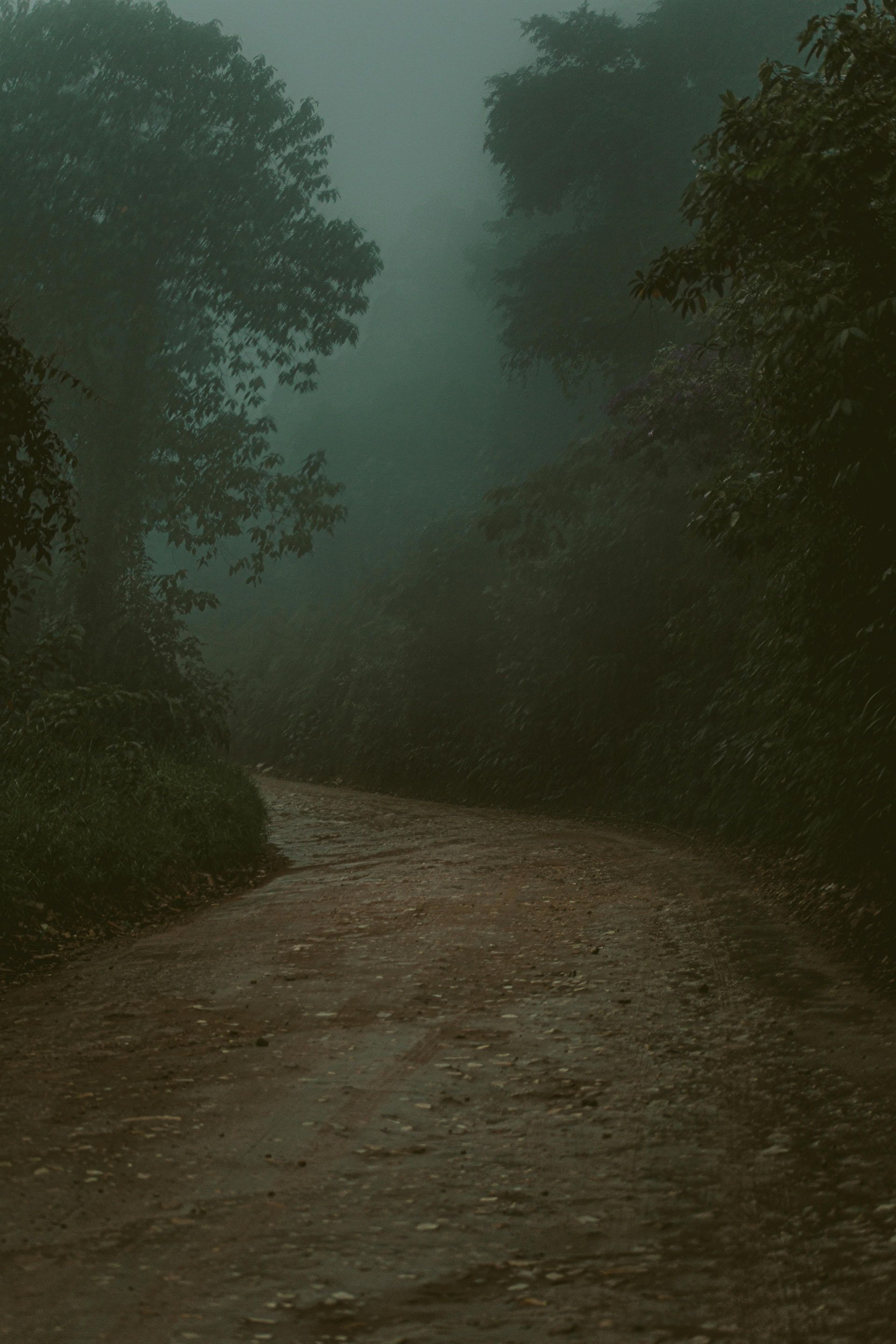Imagined Suffering
The Stoic philosopher, playwright, and one-time tutor to a Roman Emperor, Seneca, once wrote that "we suffer more in imagination than in reality." As with so much else when it comes to Stoicism, research is now demonstrating the scientific truth behind this ancient insight.
A study published in the journal Nature Communications found that people experience more stress and anxiety when faced with uncertainty, compared to knowing for certain they will experience a negative outcome. That’s right, knowing for sure you will be hit in the face seems to be less stressful than being told you might or might not be attacked. How is this even possible?
In the absence of certainty, our minds can run away from us. Typically, when it starts running, our mind doesn’t go to the rosiest destinations. The human brain has an innate tendency to imagine and anticipate the worst-case scenarios when things are uncertain. Our loved one doesn’t show up at the agreed upon time? It isn’t that traffic is bad, but rather they have been in a horrible accident and are fighting for survival! This natural tendency leads to an increase in stress levels, as the imagination creates greater pain and suffering than what may actually occur if said event comes to pass. The brain's negative bias towards uncertainty results in people perceiving risks and threats as more significant, even if the chances of the negative outcome are low.
This research highlights the importance of recognizing when our imagination is running away from us and creating suffering that is only in our heads. We can do this by keeping our thoughts grounded in reality and not letting our minds wander into the realm of negatively imagined scenarios. One way to do this is to get out of the world of the imaginary, and start making it R.E.A.L.
The first step is to Recognize what is real and factual versus what is only imagined at this stage. Being able to see where our imagination is creating suffering and acknowledging this is entirely made up at this stage, puts us in a better position to begin limiting the “suffering.” This can be done by being mindful of our thoughts and paying attention to when our minds start to wander into negative and uncertain scenarios.
The second step is to Envision what life would be like if the imagined suffering came to pass, as well as what it would look like if it never came about at all. This may seem counterintuitive. We just said we want to get out of the world of the imaginary and stay fixed in the world of the real. However, the distinction is that we are now in the driver’s seat when it comes to consciously determining the direction of our thoughts rather than passively letting our subconscious take us to its default negative scenarios. This can help us to put things into perspective and see how and where our imagination is often worse than reality. By visualizing the worst-case scenarios, we can also prepare ourselves for them, reducing the stress and anxiety caused by uncertainty.
The third step is to Address what we can control and focus our efforts there to work to prevent the suffering from occurring, or at least to dampen it. This could involve taking action to reduce the risk of the negative outcome, or it could be as simple as consciously accepting the uncertainty and not allowing our imagination to run wild. We don't have to be passive spectators in our own lives; we can take control and shape our reality.
Finally, the fourth step is to Live to the fullest, embracing both the high points and low points. It is important to remember that life will have its ups and downs, and it is crucial to be present to experience them, rather than just imagining past or future such moments in our heads for good or ill. By living in the now, we can experience life in all its richness, rather than being trapped in our own thoughts and imagined scenarios.
All of this to say that, as Seneca observed, we as human beings do indeed default to suffering more in imagination than reality. However, as he would also have been the first to recognize, just because this is our default way of thinking, it need not remain our final way of living. By becoming more aware of when and how our imagination takes us to unhelpful and unnecessary places, we can at the same time regain control of our minds and lives. In short, we can keep things REAL.











